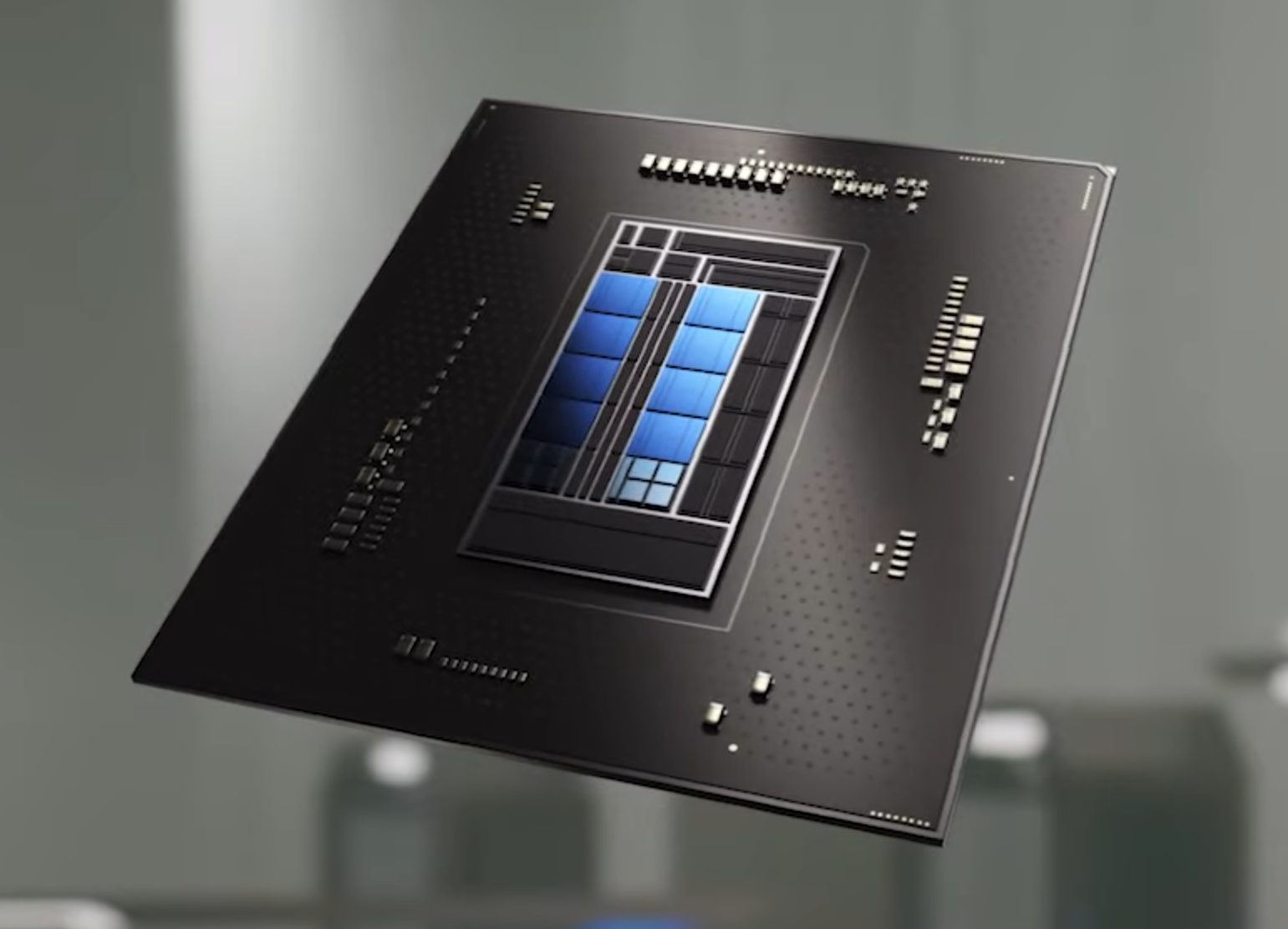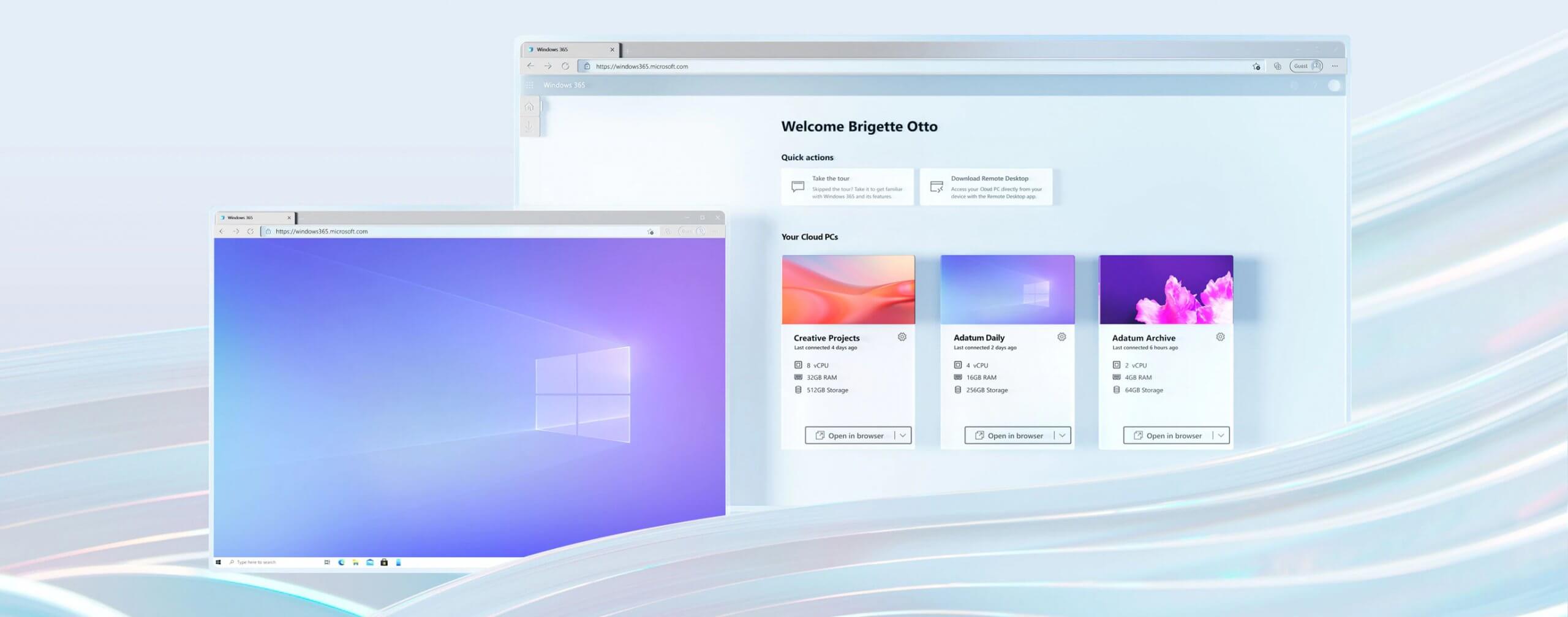Error 126 - What is it?
Error 126 is a Windows PC error that mostly occurs either during program installation or removal. It is commonly experienced by Vista, XP and Windows 7 users. When the error 126 is generated, it usually terminates the program installation process, immediately.
It is advisable to take corrective error repair measures immediately to ensure that you are easily able to install your desired program and you don’t encounter the error again.
Solution
 Error Causes
Error Causes
There are multiple reasons for the occurrence of the error code 126 including. The reasons are listed below:
- Dll file corruption
- Missing or damaged dll files
- Corrupt and misconfigured system files
- Improper program installation
- Viral infection
- Corrupt registry
- Improper hardware
Further Information and Manual Repair
To resolve the error 126 on your PC, you don’t always have to hire a technician or be a computer programmer yourself. Though this error is critical the good news is that it is very easy to resolve. You can fix the error even if you are not technically sound.
Try the solutions that we have listed below to help you resolve error 126 immediately:
Solution 1: Disable Firewall Protection
Sometimes
Firewall protection may stop you from installing new programs on your PC successfully and this may display the error 126 on your PC. In such a scenario, disable Firewall protection and then try installing the desired program again. See if it works.
Solution 2: Restore Points
Sometimes dll files can go missing due to program removals and you may come across the error 126. To resolve it, restore points.
This will help you restore your PC back to the way it was functioning before you removed a program and will also help you recover the lost and missing dll files.
- This can be done, by clicking the start menu.
- Now go to all programs, then accessories, and then system tools.
- Here you will see the ‘System Restore’ option. Simply click on it.
- This will help you open a new window. Here select the option ‘Restore My Computer to an Earlier Time’ point.
- As you select it, it will show you a list of restore points.
- Choose the latest restore point you see in the list and click ‘Next’ to continue. Now confirm to finish restoration.
- Restart your PC to activate the changes.
Solution 3: Scan for Viruses
The underlying cause for the error could also be related to viruses on your PC. To remove the viruses, you will have to download a powerful antivirus and scan your entire PC.
Please note, anti-viruses are notorious for slowing down system performance, so you might have to compromise on the speed of your PC.
Solution 4: Run a Hardware Diagnostic
To find out which hardware is causing the error message to pop up, you will have to run a hardware diagnostic. For this, simply go to the start menu, type Memory Diagnostic in the search bar.
Now access this tool and click on Diagnose your Memory problems. As you click on it, it will ask you to perform the check by either restarting the PC immediately or on the next restart.
Select the immediate one to get going. The system will carry a scan on the memory and show you the list of problematic errors detected during the scan. To resolve this error then all you have to do is replace the piece of faulty hardware. Nonetheless, if no faulty hardware is detected, this means the error is related to the registry.
Solution 5: Clean and Restore the Registry
The error 126 is also sometimes generated due to poor PC maintenance which leads to registry issues.
The registry basically saves and stores all the data and activities performed on the PC. This also includes junk files, invalid registry entries, bad keys, temporary files, internet history, and cookies.
This accumulates a lot of disk space. If not removed, they damage the registry and corrupt other important files like system and dll files, thereby generating PC-related error codes like error 126.
The best way to resolve this error on your PC in seconds is to download Restoro on your PC. This is an advanced and multi-functional PC repair tool embedded with multiple powerful utilities including an intuitive registry cleaner, an antivirus, and a system optimizer.
The registry cleaning feature detects all registry issues and errors. It wipes out all the unnecessary and obsolete files cluttering the system, fixes the damaged dll files, and restores the registry back to normal.
Simultaneously, the antivirus utility scans for all privacy errors and malicious software infecting your system. This includes malware, adware, spyware, and Trojans.
The system optimizer feature ensures your PC performance does not slow down. It boosts the speed of your PC to its optimum level.
This PC fixer is safe, user-friendly, and efficient. It can be downloaded on any Windows version.
Click here to download Restoro on your system and resolve error 126 right away!
 Error Causes
Error Causes Now before you go on the bandwagon on bashing Intel itself take note that it is not Intel’s fault at all. The issue that arises is mostly due to DRM software and how it works. As you might know or not, Alder Lake has two sets of cores, standard performance cores, and power cores, and with Intel’s Thread Director on-chip right cores will be used for the right tasks, and here lies the issue.
Now before you go on the bandwagon on bashing Intel itself take note that it is not Intel’s fault at all. The issue that arises is mostly due to DRM software and how it works. As you might know or not, Alder Lake has two sets of cores, standard performance cores, and power cores, and with Intel’s Thread Director on-chip right cores will be used for the right tasks, and here lies the issue.
 Microsoft has announced Windows 365, a new cloud-based operating system aimed mainly at businesses of all sizes.
Just after Windows 11 announcement and presentation, we are seeing another Windows announcement from Microsoft. Dive into the following text in order to find out what exactly is new Windows 365, its role in today's IT world, and do you need it?
Microsoft has announced Windows 365, a new cloud-based operating system aimed mainly at businesses of all sizes.
Just after Windows 11 announcement and presentation, we are seeing another Windows announcement from Microsoft. Dive into the following text in order to find out what exactly is new Windows 365, its role in today's IT world, and do you need it?

